Implementing a model that sustainably circulates resources throughout society has become a major theme in Japan’s long term strategies since 2000. With A SUSTAINABLE FUTURE at the forefront, Yanmar’s efforts are also advancing the transition towards this resource efficient, recycling-based model for society. At Yanmar Energy System; manufacturer and seller of heating and cooling systems and GHPs, they are leveraging the heat pump cycle used in gas engines to pursue new possibilities in renewable energies.
This time at Y-Media our editorial team investigated the ins-and-outs of the waste vegetable oil powered bio diesel cogeneration system (CHP) which Yanmar Energy System has been developing and trialling since 2011. The Coop Tohoku Sunnet Federation; a member of the Miyagi Consumer’s Cooperative Society (hereafter Coop Miyagi) introduced Yanmar’s bio diesel CHP in their business 18 months earlier. We gained a solid understanding of their bio diesel CHP processes from cooking oil collection to power generation and electricity usage.
Our report has been compiled into a two part story: In Part Two we take a trip to the Coop Miyagi head office to find out first-hand, the vision and expectations that Coop Miyagi has for the bio diesel CHP as an association which is dedicated to conserving our environment. First of all, here in part one, we went to lengths to provide a photographic and written report on the specs, assembly of the bio diesel CHP and the energy it provides.
From Waste Comes Power:
The Fundamentals Of Bio Diesel CHP
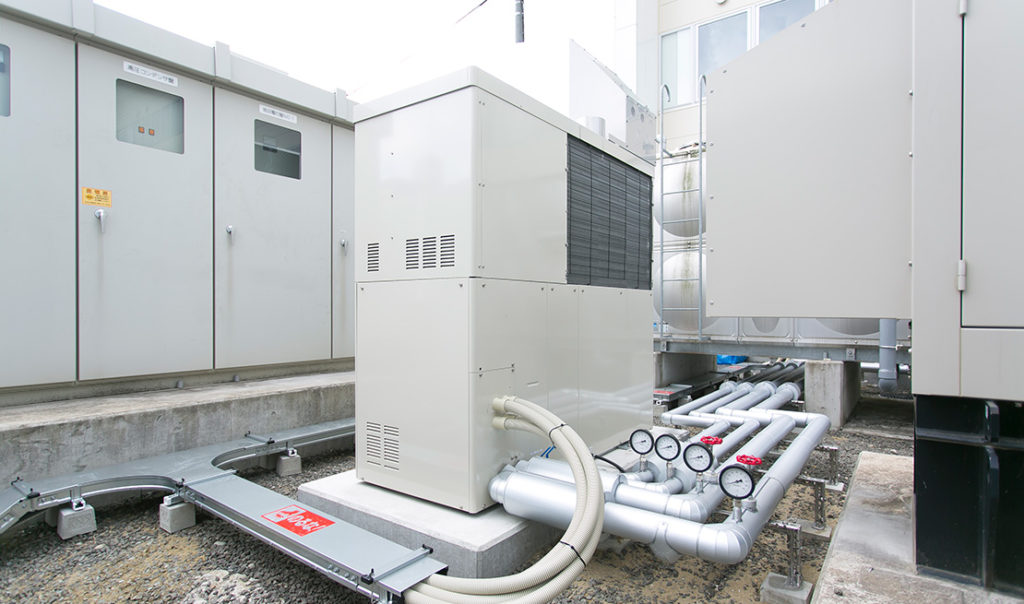
Bio diesel CHP …supplies one-eighth of the electricity used at Coop Miyagi’s head office.
Bio diesel CHP installed at the Coop Miyagi head office. Waste cooking oil which is left-over after frying foods is put to use in the biomass generator. Generating approximately 25kW per hour, as standard, it supplies one-eighth of the electricity used at Coop Miyagi’s head office.
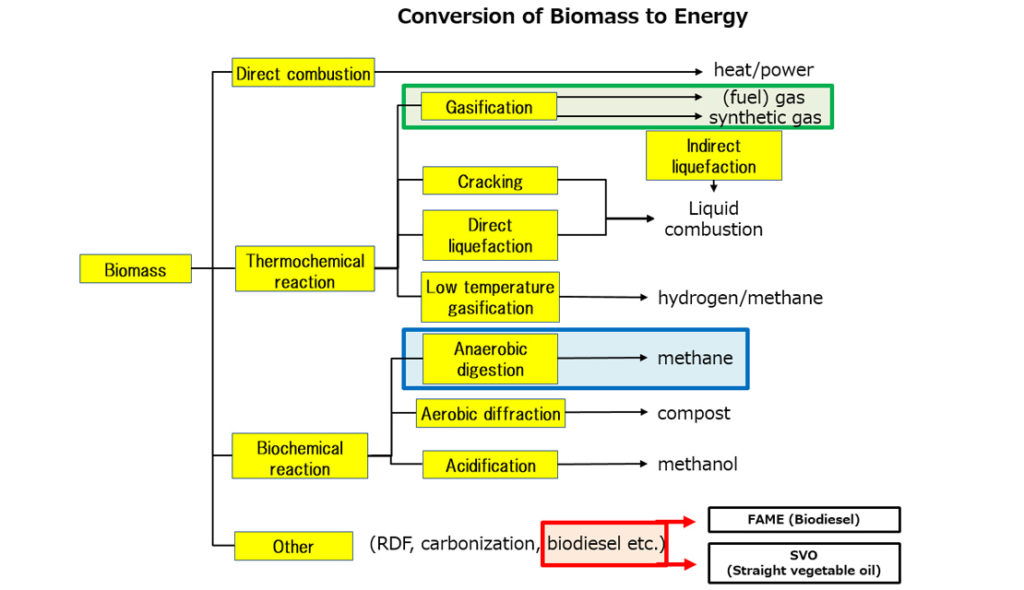
Biomass means reusable organic matter, excluding fossil resources*. Specifically speaking, waste materials including paper and food, animal wastes, sewage sludge, scrap lumber and thinnings, rice or barley straw and rice husks are considered as biomass materials. The Yanmar Group is currently pursuing developments in converting a range of different biomass resources into viable energy. The bio diesel CHP is one amongst many.
*Translation of definition taken from the Biomass Nippon Strategy, Ministry of Agriculture, Forestry and Fisheries, Japan.
The bio diesel CHP unit uses two types of bio fuels; fatty acid methyl ester (FAME) which is derived from waste cooking oils and straight vegetable oil (SVO).

Both FAME and SVO are derived from the same source, vegetable oil, however the production process differs. FAME is produced by a process of transesterification whereby methanol is added to the vegetable oil. While the byproduct of this chemical reaction, glycerol, must be separated and removed, FAME has the advantage of having a combustion rate almost equal to diesel oil. The downside is that it corrodes oxidizable resins and rubbers in the machine. SVO on the other hand, is crude vegetable oil which has been refined to remove impurities (waste cooking oil). While its production has very little impact on the environment, significant variances in quality due to differences in the cooking oils, and high viscosity at average temperatures (approximately tens times that of diesel oil) are the major drawbacks. As a result SVO usage rate in Japan is currently close to zero.
To enable FAME usage, Yanmar’s bio diesel CHP has been built with materials which strengthen the rubber parts against corrosion. When using SVO a separate fuel change-over unit is attached to the fuel supply side of the generator. By using diesel oil or FAME for the start up and shut down, the system can maintain the temperature of the SVO tank, thereby overcoming the issue of SVO hardening at room temperatures. Yanmar is proudly the first in Japan to deliver stable power supply from SVO fuels.
The Source of the Bio Diesel CHP Fuel:
Collecting Waste Cooking Oil from Coop Miyagi Kitchens
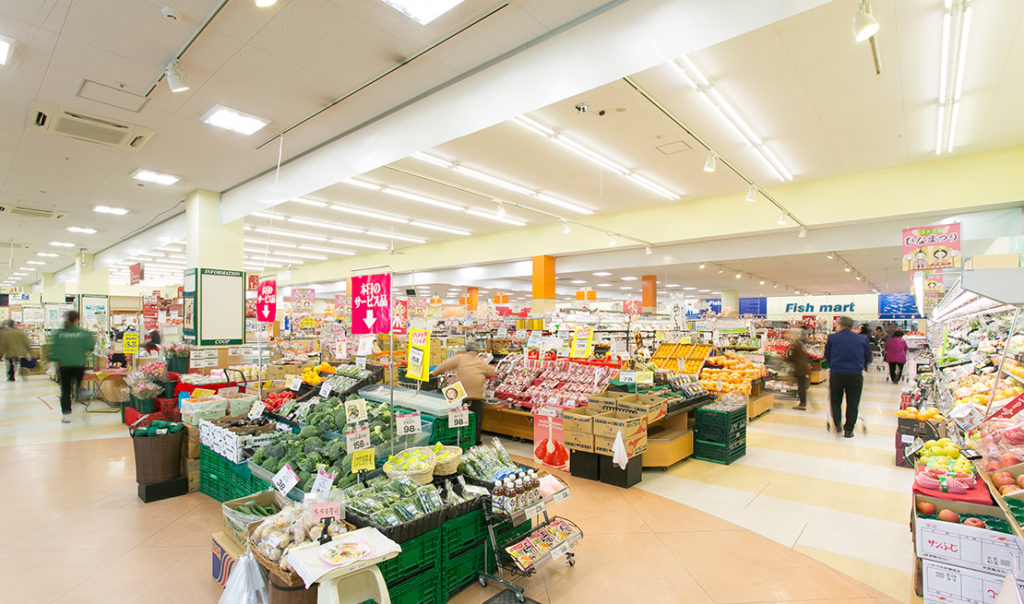
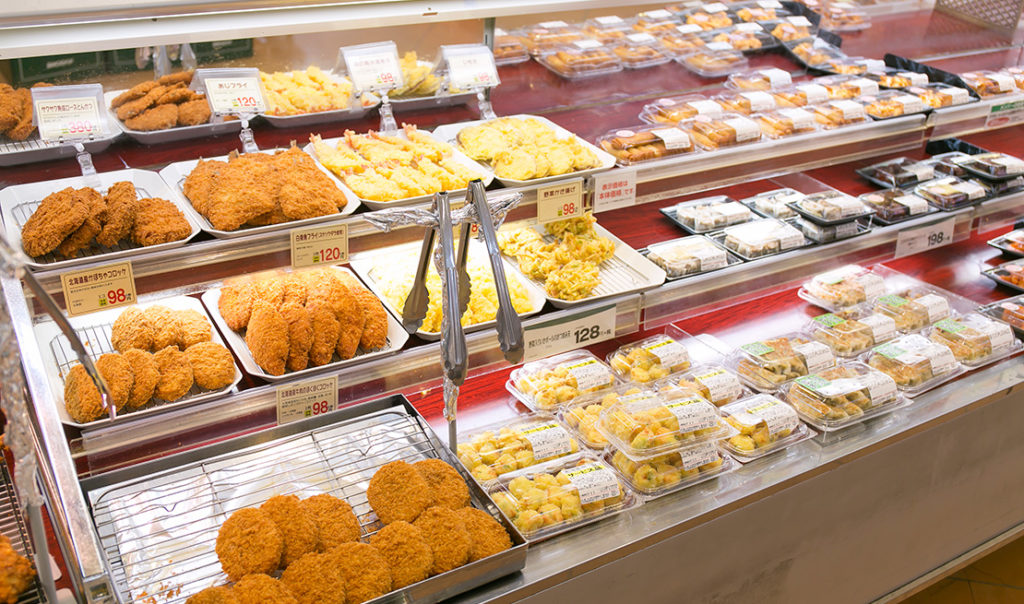
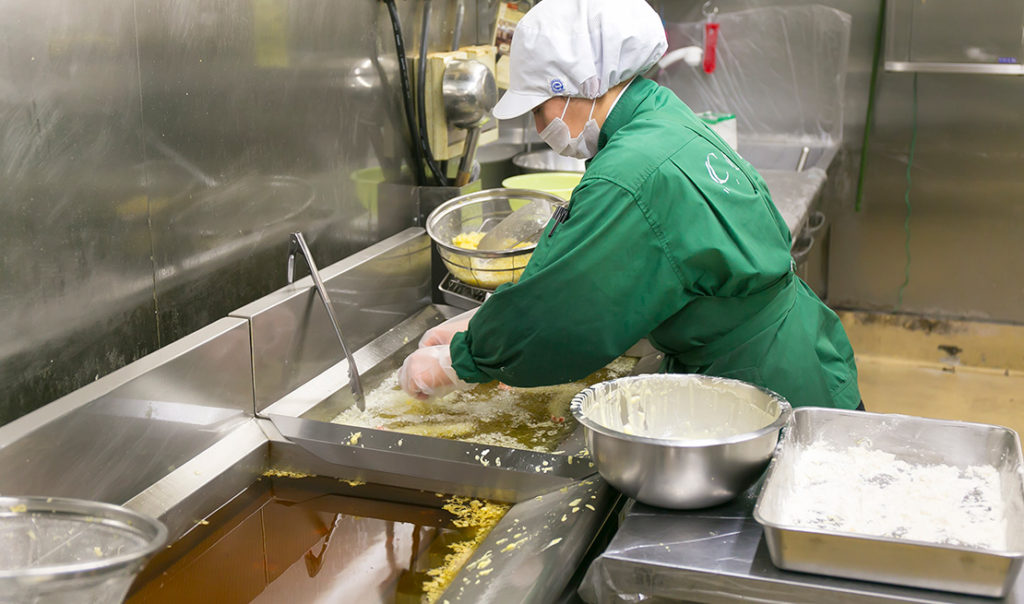
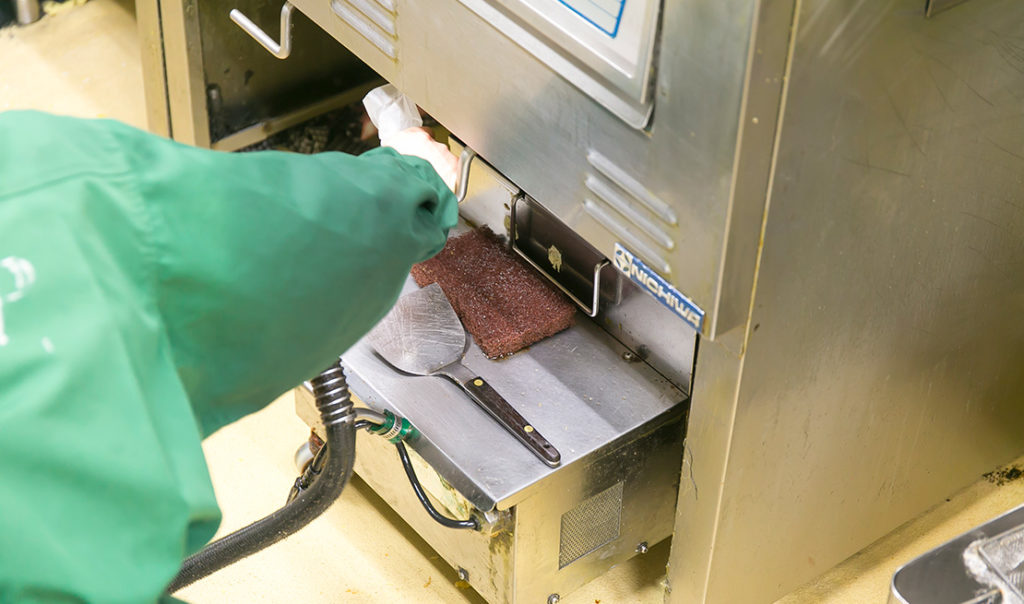
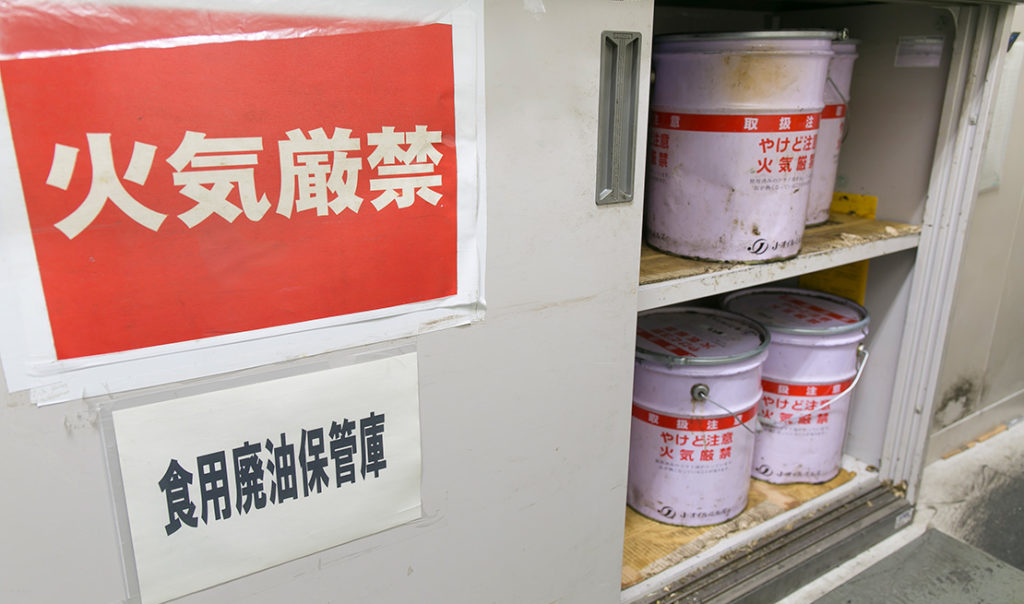
Currently Yanmar’s bio diesel CHPs are installed in three of Coop Miyagi’s centers; its head office, East deliveries center and a recycling center. Waste cooking oil from dishes made in the kitchens at each Coop Miyagi store for the purpose of sale becomes fuel. They have also begun making use of waste cooking oils brought into the stores from co-op members.
We paid a visit to Coop Miyagi’s Nankodai store in Sendai prefecture to view the waste cooking oil collection processes. The commercial kitchens use 5 deep fryers which are in regular use. Oil is rotated in turn from the first fryer through to the fifth until oxidization reaches a certain level, in which case the food scraps are filtered out and the oil is transferred and stored in an 18 liter can. Each week 4 to 5 cans are filled with waste cooking oil. Across the entire 48 stores of the Coop Miyagi Group approximately 20 tones of waste cooking oil is collected each month.
There is still one more step needed before the oil is usable as an SVO. The quality of cooking oils vary and contain impurities which need to be removed. Therefore our next stop was to Chida Clean located in Osaki city of Miyagi prefecture, where the oil is sent to be purified.
Minimizing Risks in Power Generation:
Removing Impurities to Create SVO
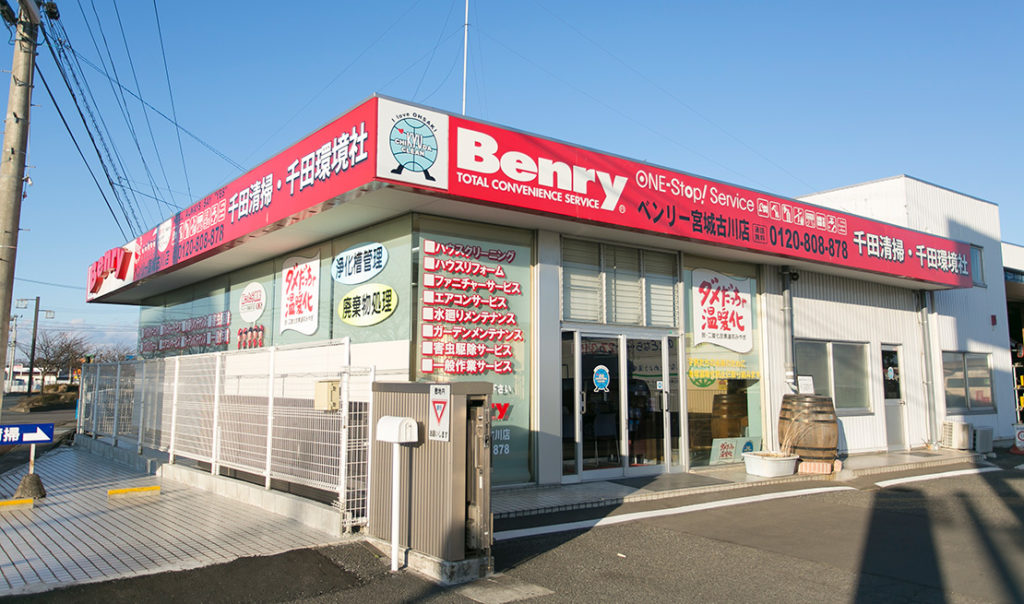
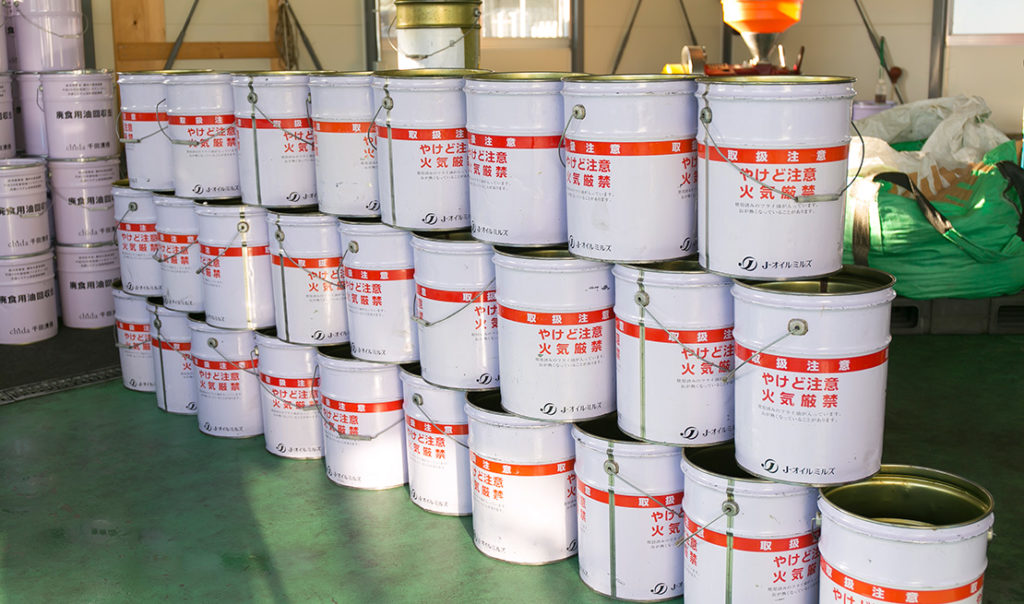

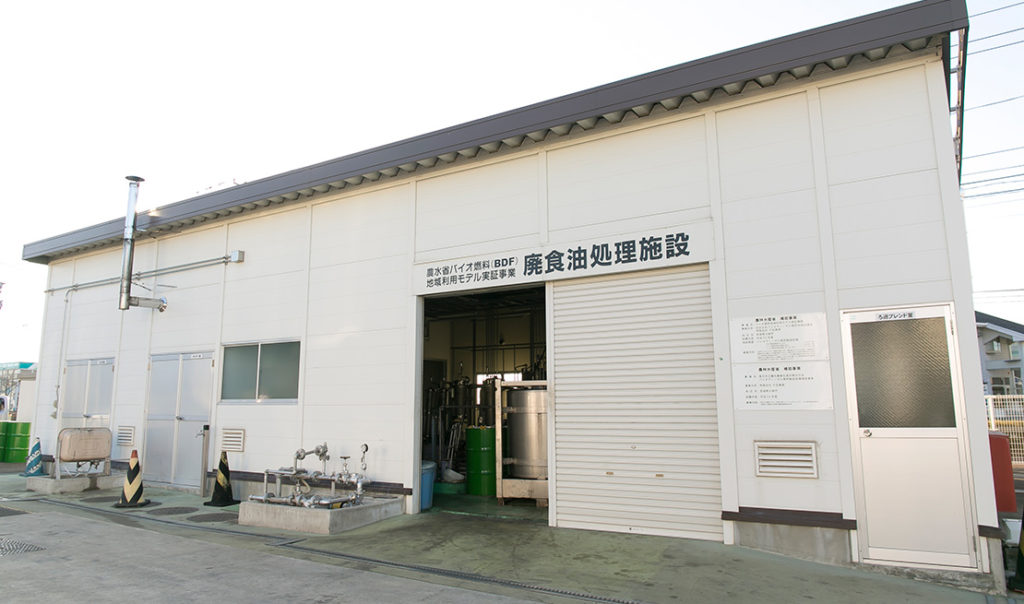
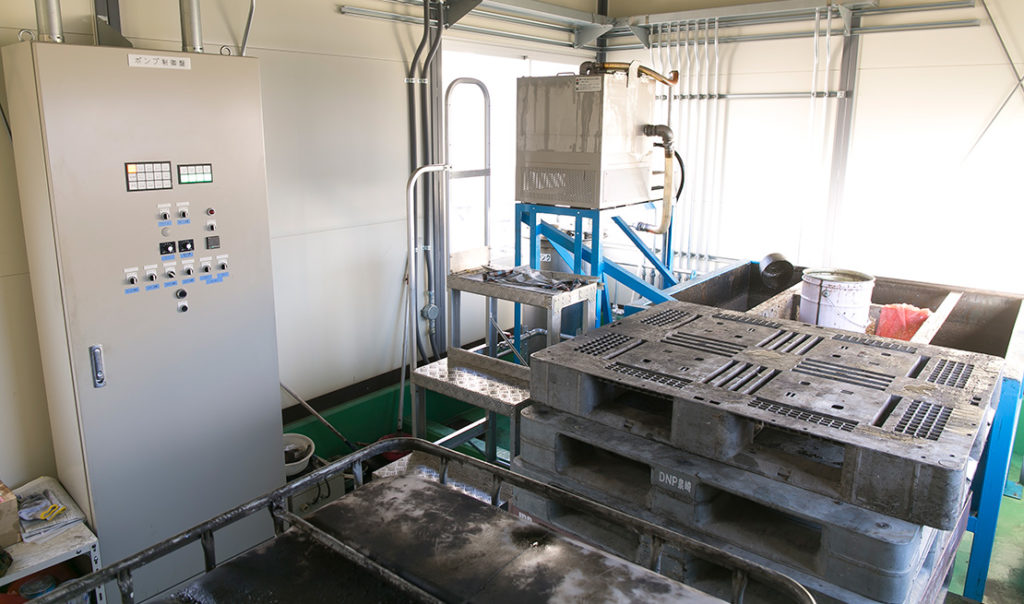
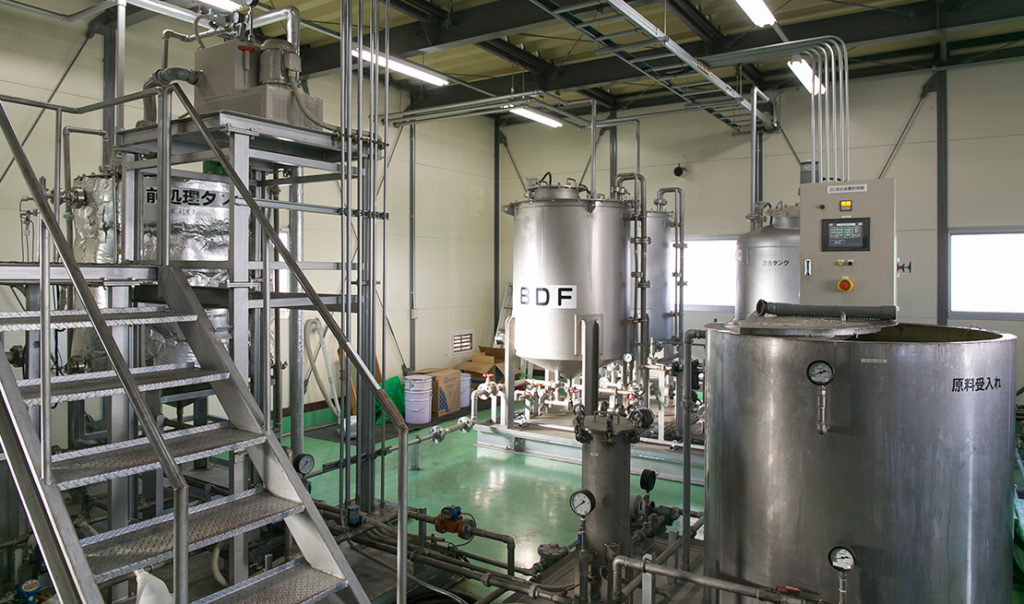
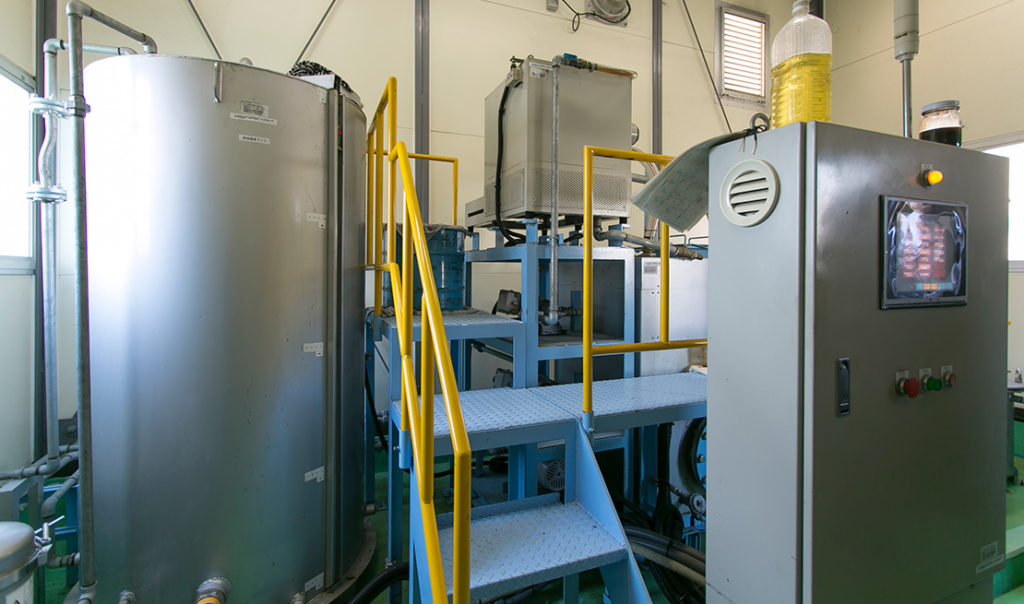
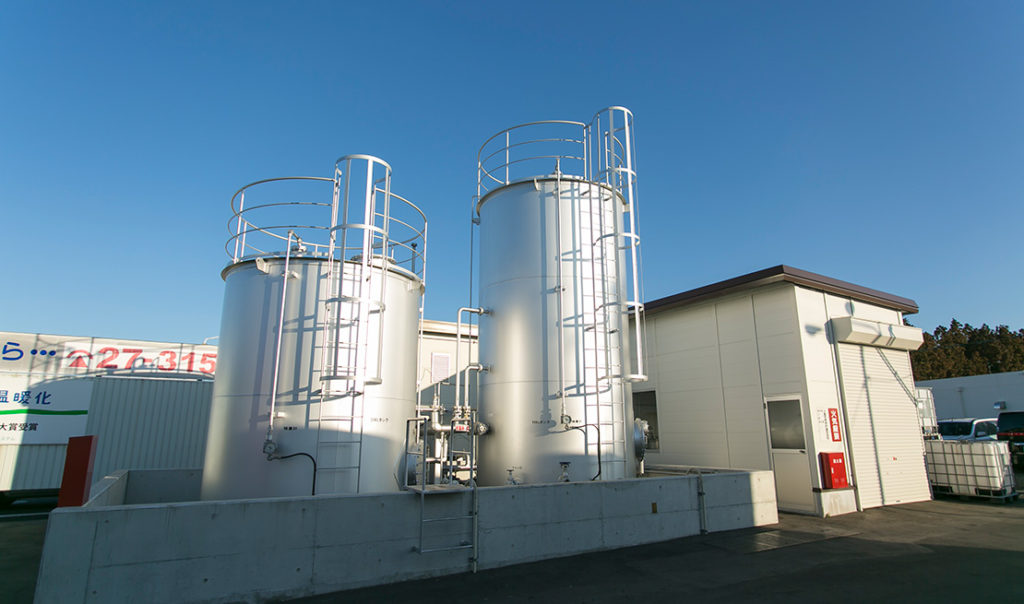
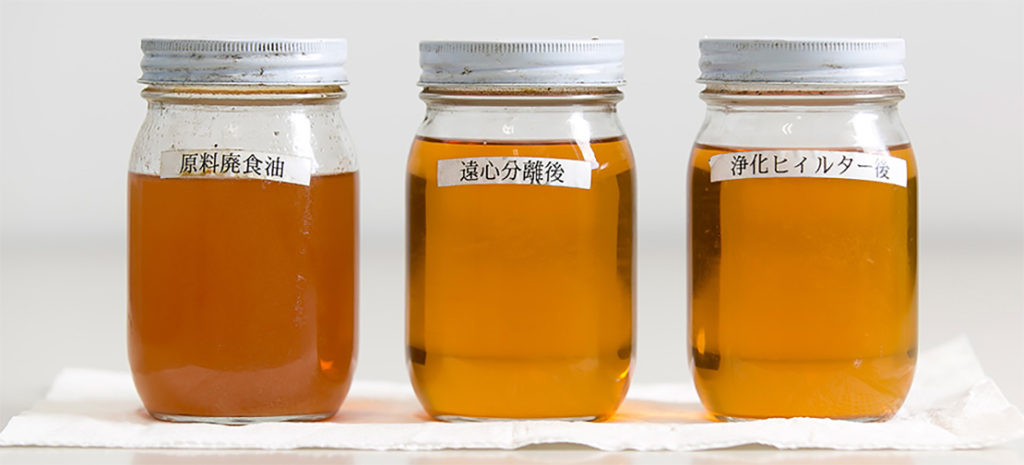
At Chida Clean the 18 liter cans we saw at Coop Miyagi’s Nankodai store were neatly lined up in rows. In addition to solids such as food scraps, the cooking oil is also contaminated with water which must be removed. Impurities are removed using a centrifugal water–oil separator. Then the oil passes through a purification filter. The less impurities there are the lower the risk of jamming or clogging during power generation.
The SVO produced at Chida Clean is used to refuel the bio diesel CHPs at Coop Miyagi’s head office and recycling center. Our next stop therefore, was the recycling center where we had a look at the bio diesel CHP in action.
From Visions to Environmental Action:
Coop Miyagi’s Recycling Center
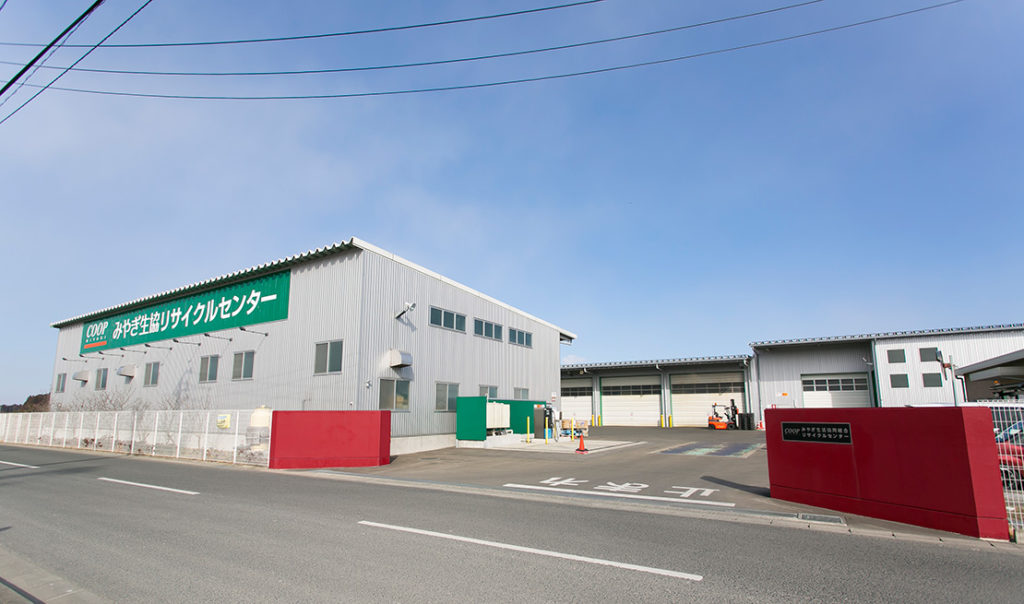
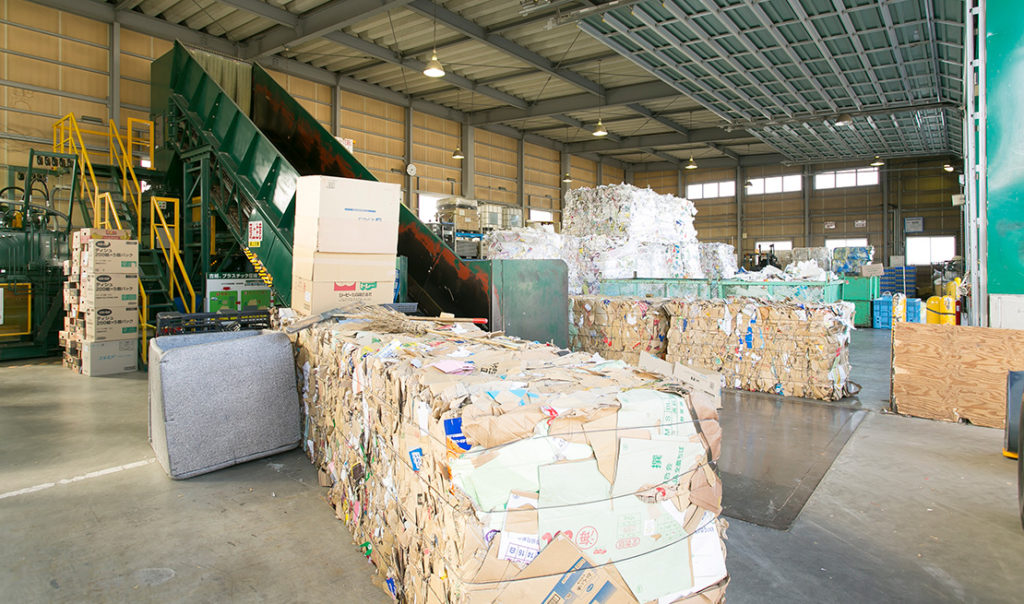
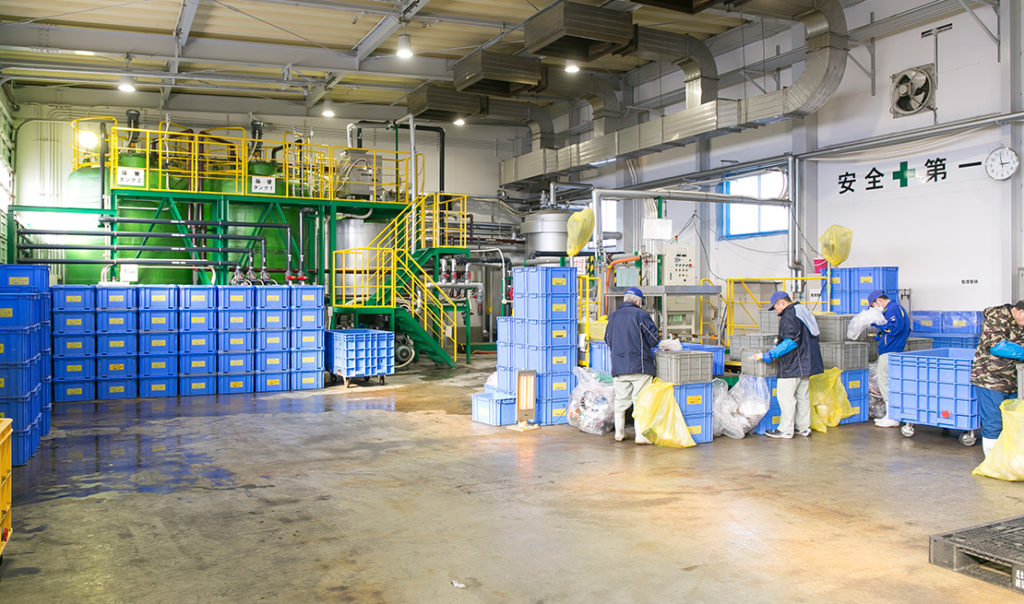
After a one hour drive from Chida Clean we reached Kurokawa district where Coop Miyagi’s recycling center and dedicated facility for environmental activities is located. We were pleasantly welcomed by the deputy manager of the center, Hidenori Ohara
 Hidenori Ohara
Hidenori Ohara
Deputy Manager
Miyagi Consumer’s Co-operative Society’s Recycling Center
Hidenori Ohara gave us a tour of the facility, which recycles everything from commercial waste to residential trash of co-operative members. In September 2015, the center installed Yanmar’s bio diesel CHP as their chosen power source.
 Stores, businesses and co-operative members of Coop Miyagi all bring trash here for recycling. Paper and cardboard products such as magazines, flyers, printing paper, boxes and milk cartons are all compressed to produce recycled paper. Recycled plastic materials produced from egg cartons and styrofoam products are packaged and sent out as a new high quality solid plastic fuel known as RPF (refuse paper & plastic fuel).
Stores, businesses and co-operative members of Coop Miyagi all bring trash here for recycling. Paper and cardboard products such as magazines, flyers, printing paper, boxes and milk cartons are all compressed to produce recycled paper. Recycled plastic materials produced from egg cartons and styrofoam products are packaged and sent out as a new high quality solid plastic fuel known as RPF (refuse paper & plastic fuel).
Milk cartons are converted to produce their very own Coop Miyagi toilet paper product, called Corenon Roll while recycled plastic materials are exported to South East Asia and reimported back as plastic products which are sold in 100 yen stores here in Japan.
The process of manually sorting and selecting items which can be processed into recyclable form really highlights the importance of separating trash when it comes to our daily living.
 We take unsold food products out of their packaging and sort out the foods which have mold or have gone off. This food is then processed to become liquid feed by first passing it through a crusher and then heating the produced slurry at 80℃ for 3 minutes for heat sterilization. We boil the water for heat sterilization using heat produced from the bio diesel CHP.
We take unsold food products out of their packaging and sort out the foods which have mold or have gone off. This food is then processed to become liquid feed by first passing it through a crusher and then heating the produced slurry at 80℃ for 3 minutes for heat sterilization. We boil the water for heat sterilization using heat produced from the bio diesel CHP.
Next up, we finally take a look at the machine which powers the various equipment used in recycling processes at the facility; the bio diesel CHP.
Becoming an Energy Recycling Facility:
Providing Bio Diesel Energy to the Community
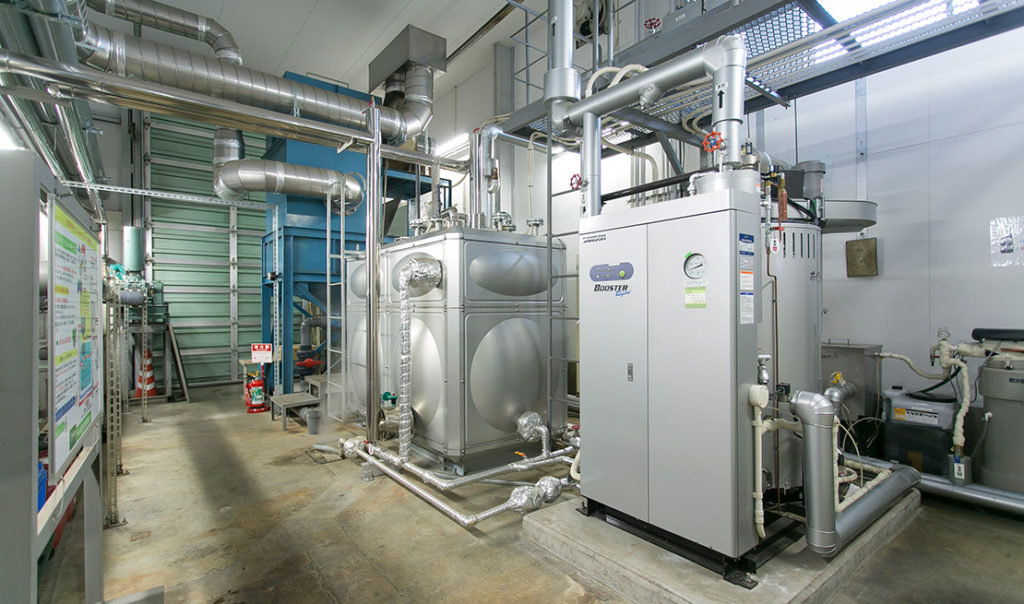
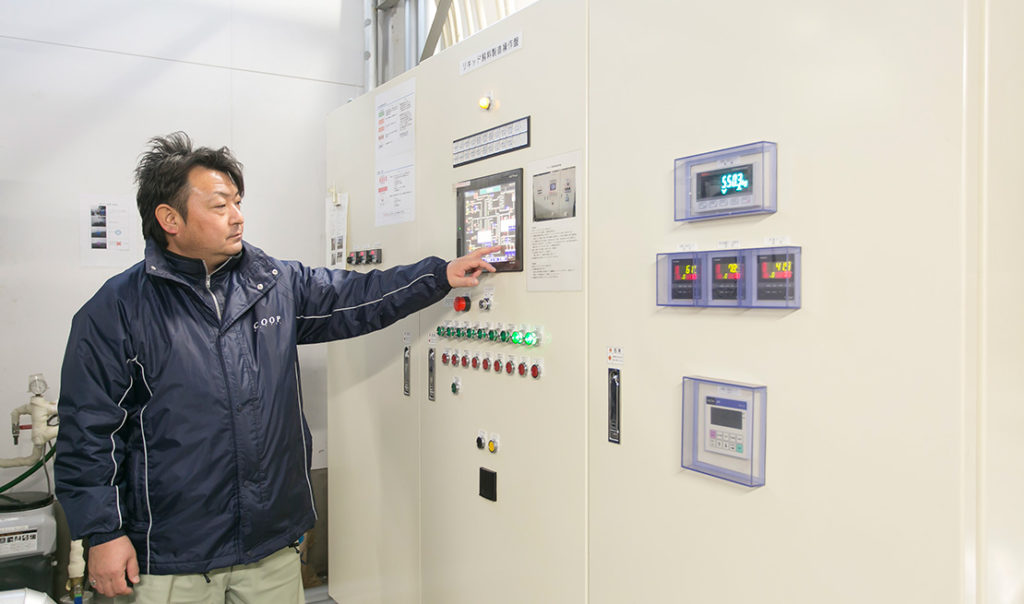
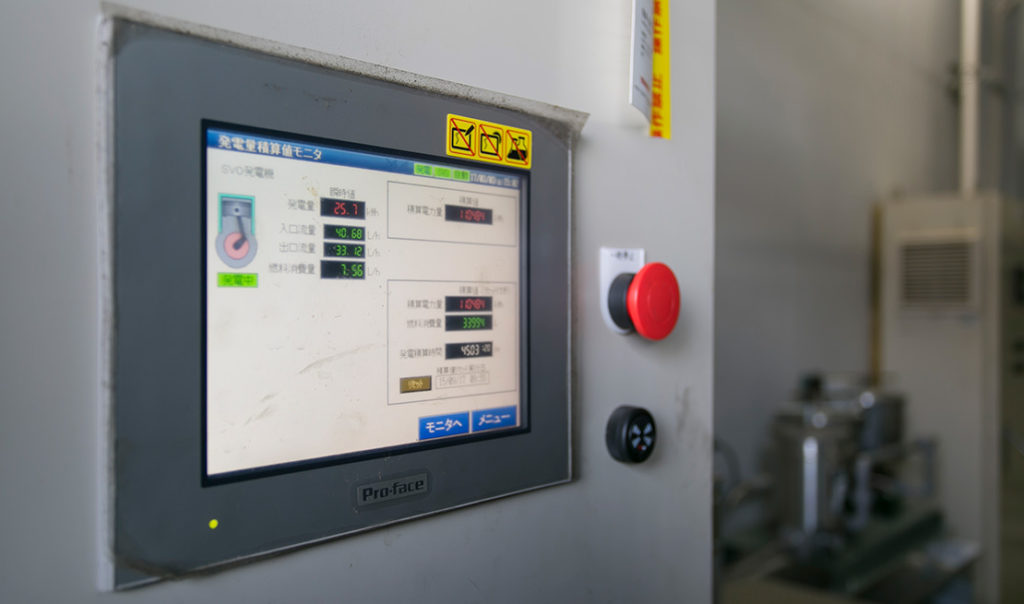
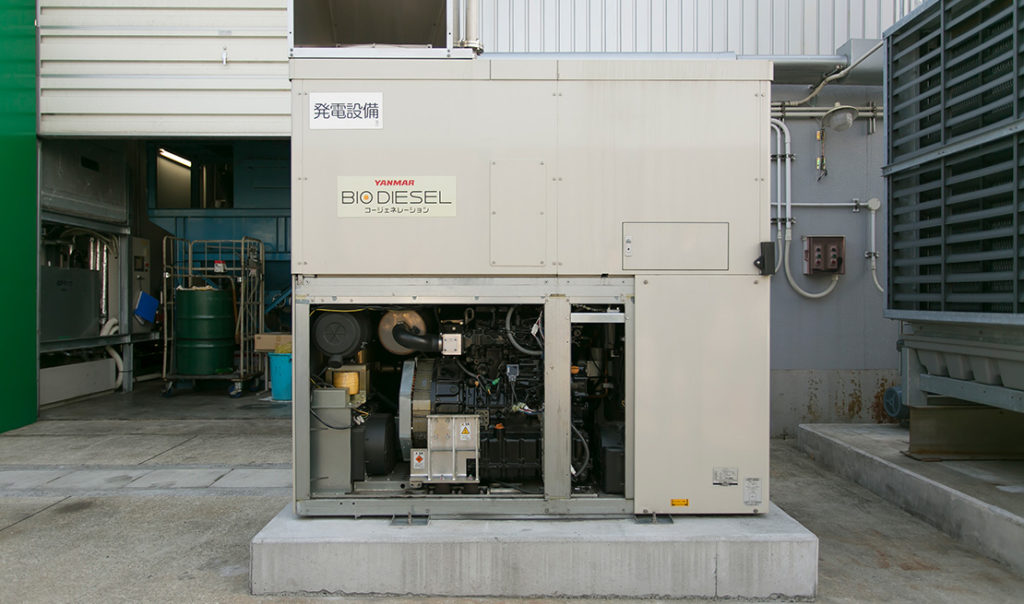
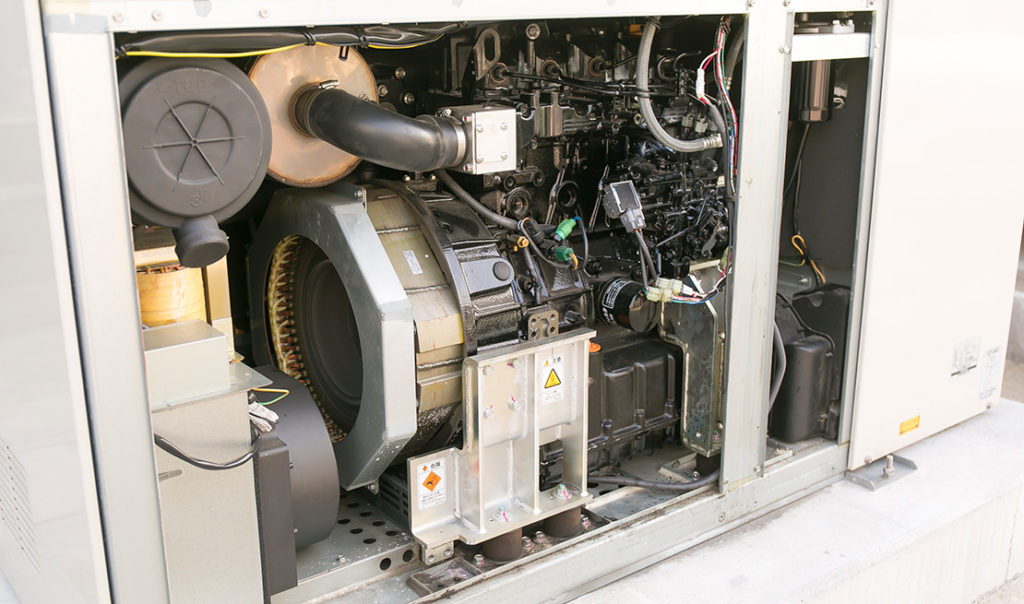
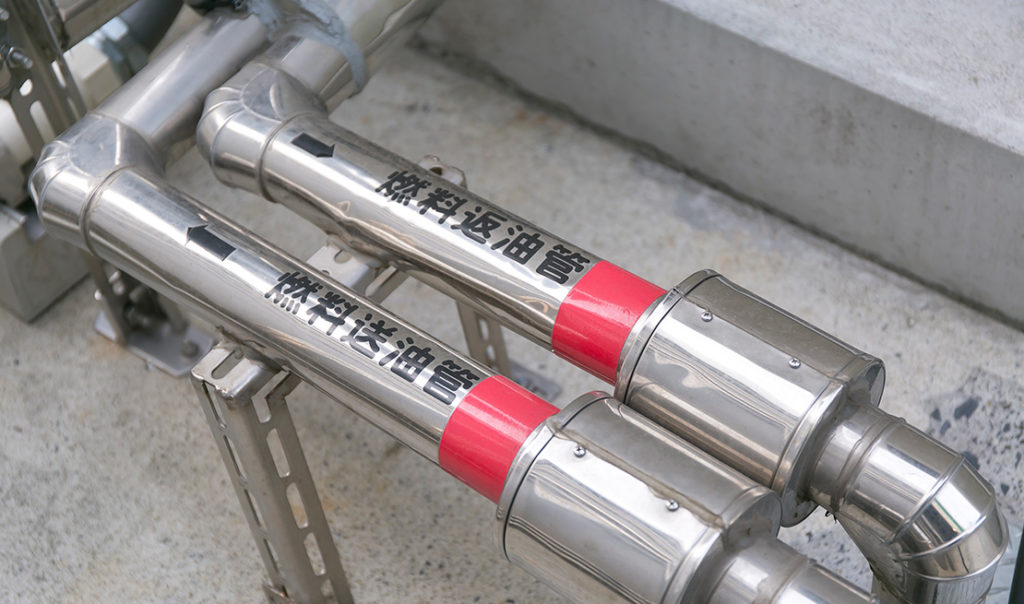
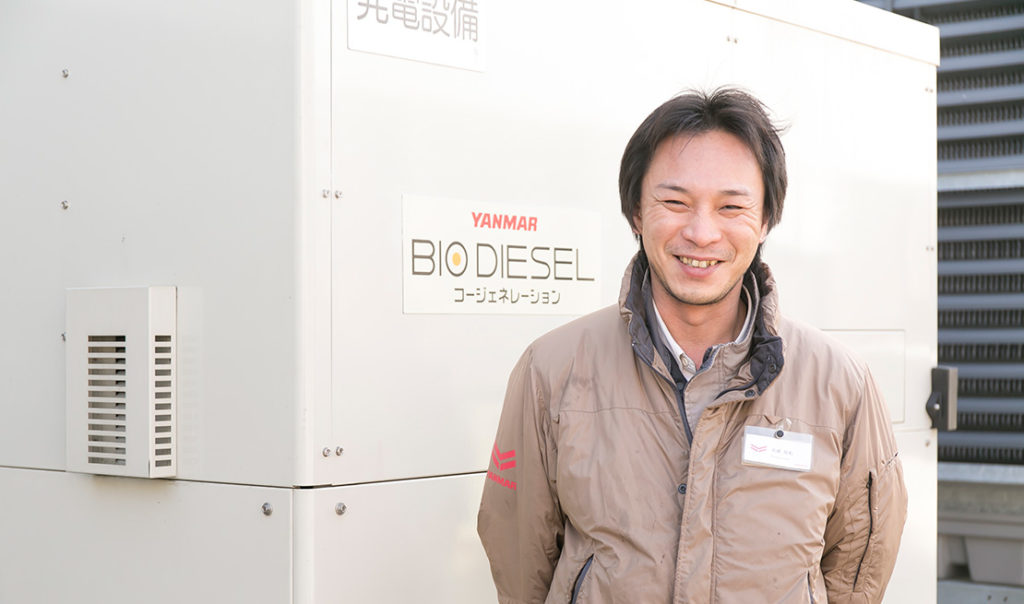
Once every two weeks a tanker truck transports SVO to the farthest end of the Coop Miyagi recycling center site, where it refuels the bio diesel CHP with SVO via a hose which attaches to the upper part of the unit.
 While the CHP unit has a tank capacity of 950 liters, only 600 liters of SVO is added at one time. Early refueling lessens the risk of corrosion by SVO inside the tanks. As SVO hardens at low temperatures, roughly 40℃ hot water is used to keep an even temperature around the clock.
While the CHP unit has a tank capacity of 950 liters, only 600 liters of SVO is added at one time. Early refueling lessens the risk of corrosion by SVO inside the tanks. As SVO hardens at low temperatures, roughly 40℃ hot water is used to keep an even temperature around the clock.
The FAME which is used for the first 15 minutes or so when starting up or shutting down the unit, is stored in the lower tank. During the colder winter, additives are used to prevent the fuel from going below the pour point.
 The bio diesel CHP at the recycling center currently produces 25kW of power every hour, operating for 9 hours per day. While in theory this is a sufficient amount of energy to power the entire site, due to changes in the operating state of the machines this is not always the case. In the event of insufficient supply, power is supplied from the main grid by Tohoku Electric Power.
The bio diesel CHP at the recycling center currently produces 25kW of power every hour, operating for 9 hours per day. While in theory this is a sufficient amount of energy to power the entire site, due to changes in the operating state of the machines this is not always the case. In the event of insufficient supply, power is supplied from the main grid by Tohoku Electric Power.
The power produced in a nine hour day at Coop Miyagi recycling center would supply 25 regular households for one year, alongside offering a 38 ton reduction in CO2emissions. After about a year of operation we asked Hidenori if there had been any issues. “We haven’t had any issues. If I really had to look for something to complain about it would be the clogging up of the SVO filter. That’s about all,” said Hidenori.
 At Coop Miyagi if we increase the number of bio diesel CHPs in the future, we will need to install a centrifugal water–oil separator at the recycle center so we can make our own fuel here. That way we will be able to complete the whole process from waste cooking oil to power right here on premises. By doing so, as a disaster prevention facility the center could potentially serve as a small power plant, supplying power to nearby residents in the event of an earthquake.
At Coop Miyagi if we increase the number of bio diesel CHPs in the future, we will need to install a centrifugal water–oil separator at the recycle center so we can make our own fuel here. That way we will be able to complete the whole process from waste cooking oil to power right here on premises. By doing so, as a disaster prevention facility the center could potentially serve as a small power plant, supplying power to nearby residents in the event of an earthquake.
In our aim to transition towards a circular business model that contributes to the community, we are committed to pursuing new challenges with Coop Miyagi.
The final photograph above is of Masakazu Iwasaki of the customer support division at Yanmar Energy System, Sendai, standing next to a bio diesel CHP. Masakazu looks after regular and emergency maintenance of the bio diesel cogeneration installed at Coop Miyagi. In aiming to realize a truly circular model for society, Yanmar will continue to work together with Coop Miyagi and support their pursuits.
In Part Two we provide a sneak peek into talks between the representatives of Yanmar Energy System and Coop Miyagi on the surrounding events and ideas which lead to the introduction of the bio diesel CHP at the Coop Miyagi head office.






















